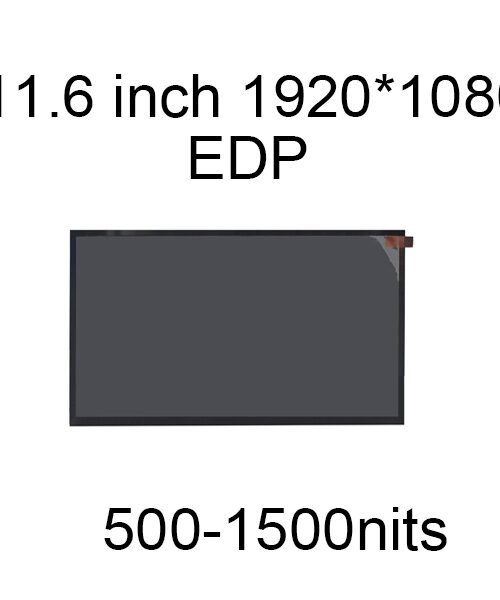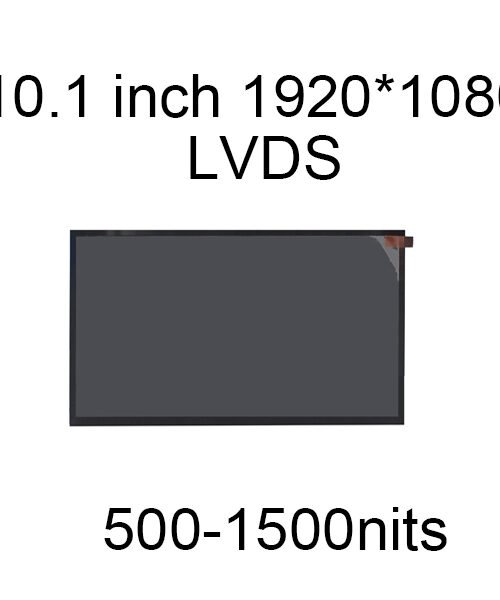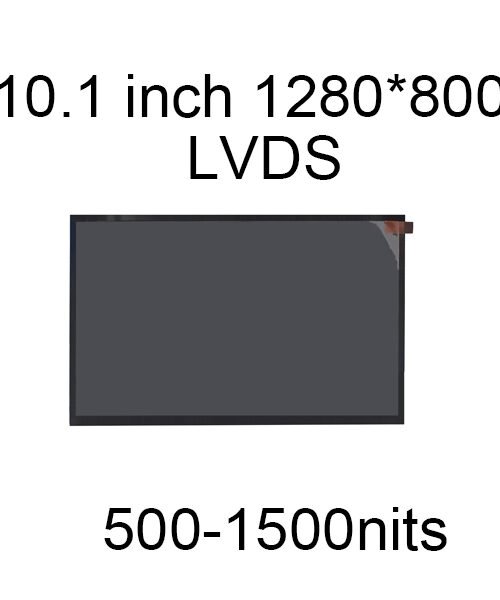The maximum brightness of an LCD (Liquid Crystal Display) screen, often referred to as peak luminance or peak brightness, is a critical specification that measures the intensity of light emitted by the display. Peak brightness is typically expressed in units of candelas per square meter (cd/m²) or nits. The value of peak brightness can vary significantly depending on the type of LCD display, its intended application, and the specific technology used. In this detailed explanation, we will explore the factors influencing peak brightness, typical brightness levels in different LCD applications, and the importance of peak brightness in various use cases.
Factors Influencing Peak Brightness:
Several factors influence the peak brightness of an LCD screen:
Backlight Technology: The type of backlight technology used is a major determinant of peak brightness. Common backlight sources include LED (Light Emitting Diode), CCFL (Cold Cathode Fluorescent Lamp), and OLED (Organic Light Emitting Diode). LED backlighting is widely used and offers the flexibility to achieve high peak brightness levels.
Display Size: Larger displays often require more powerful backlights to achieve high peak brightness. Smaller screens may achieve higher brightness levels more easily due to their reduced surface area.
Display Resolution: Higher resolution displays may require more powerful backlights to maintain a consistent level of peak brightness across the entire screen.
Backlight Design: The design of the backlighting system, including the arrangement of LEDs or other light sources, can impact peak brightness. Backlights with more uniform and efficient light distribution tend to yield higher peak brightness.
Panel Technology: The specific LCD panel technology used can influence peak brightness. For example, some types of LCD panels, such as IPS (In-Plane Switching) and VA (Vertical Alignment), may be capable of higher peak brightness levels compared to others.
Display Age and Wear: As LCD displays age, the brightness of the backlight may decrease, resulting in reduced peak brightness. This is particularly true for CCFL backlighting, which tends to degrade over time.
Power Supply and Energy Efficiency: The efficiency of the power supply and backlight control circuits can affect peak brightness. More efficient systems can deliver higher brightness levels without consuming excessive power.
Typical Peak Brightness Levels:
The peak brightness of an LCD screen varies widely based on the intended application. Here are some typical peak brightness levels for various LCD applications:
Smartphones and Tablets:
Entry-Level to Mid-Range Devices: 300 to 500 nits.
High-End Devices: 600 to 1000+ nits.
Some modern flagship smartphones may achieve peak brightness levels of over 1000 nits, making them highly visible even in direct sunlight.
Laptops and Ultrabooks:
Common Laptops: 200 to 350 nits.
Premium Laptops: 400 to 600+ nits.
Laptops designed for outdoor use may have even higher peak brightness levels.
Monitors:
Standard Office Monitors: 200 to 350 nits.
Professional Displays: 300 to 500 nits.
Gaming Monitors: 300 to 600 nits.
High Dynamic Range (HDR) Monitors: 1000+ nits for specialized HDR content.
Televisions:
Entry-Level to Mid-Range TVs: 250 to 500 nits.
High-End and HDR-Capable TVs: 600 to 2000+ nits. Some OLED TVs can achieve up to 1000 nits or more, while some advanced LED-LCD TVs can reach peak brightness levels exceeding 2000 nits for HDR content.
Digital Signage:
Indoor Signage: 300 to 700 nits.
Outdoor Signage: 1000 to 5000+ nits. Outdoor signage displays require extremely high peak brightness to remain visible in direct sunlight.
Automotive Displays:
Dashboard Displays: 300 to 1000+ nits.
Head-Up Displays (HUDs): 1000+ nits for visibility in varying lighting conditions.
Infotainment Systems: 500 to 1000+ nits for clear visibility during daytime driving.
Industrial and Medical Displays:
Industrial Monitors: 300 to 1000+ nits, with higher brightness for outdoor or harsh industrial environments.
Medical Displays: 350 to 800+ nits, depending on the application, with high brightness for radiology displays.
Importance of Peak Brightness:
The importance of peak brightness in LCD screens is determined by the specific application and usage scenario. Here are some key considerations:
Visibility: High peak brightness is essential for displays used in outdoor environments, such as digital signage and automotive displays, to ensure visibility in bright sunlight.
Color Accuracy: In applications like professional monitors, medical displays, and content creation, accurate color representation is crucial. High peak brightness can contribute to a wider dynamic range, supporting a broader color gamut and better color accuracy.
High Dynamic Range (HDR): For displays designed to showcase HDR content in home theaters, the ability to achieve high peak brightness is essential to render bright highlights and enhance the overall viewing experience.
Energy Efficiency: While high peak brightness can be important for certain scenarios, energy efficiency is equally critical. Many modern displays are designed to balance peak brightness with power consumption to provide a comfortable viewing experience while conserving energy.
Usability: In everyday use, the visibility of on-screen content is influenced by peak brightness. A display with adequate peak brightness is more versatile and user-friendly in various lighting conditions.
In conclusion, the maximum brightness of an LCD screen, known as peak luminance or peak brightness, varies depending on factors such as backlight technology, display size, resolution, and intended application. The importance of peak brightness is context-dependent, with some applications requiring extremely high peak brightness for visibility in bright environments, while others prioritize color accuracy, energy efficiency, and usability. As display technologies continue to advance, manufacturers are working to strike a balance between achieving high peak brightness and optimizing other critical aspects of display performance.







